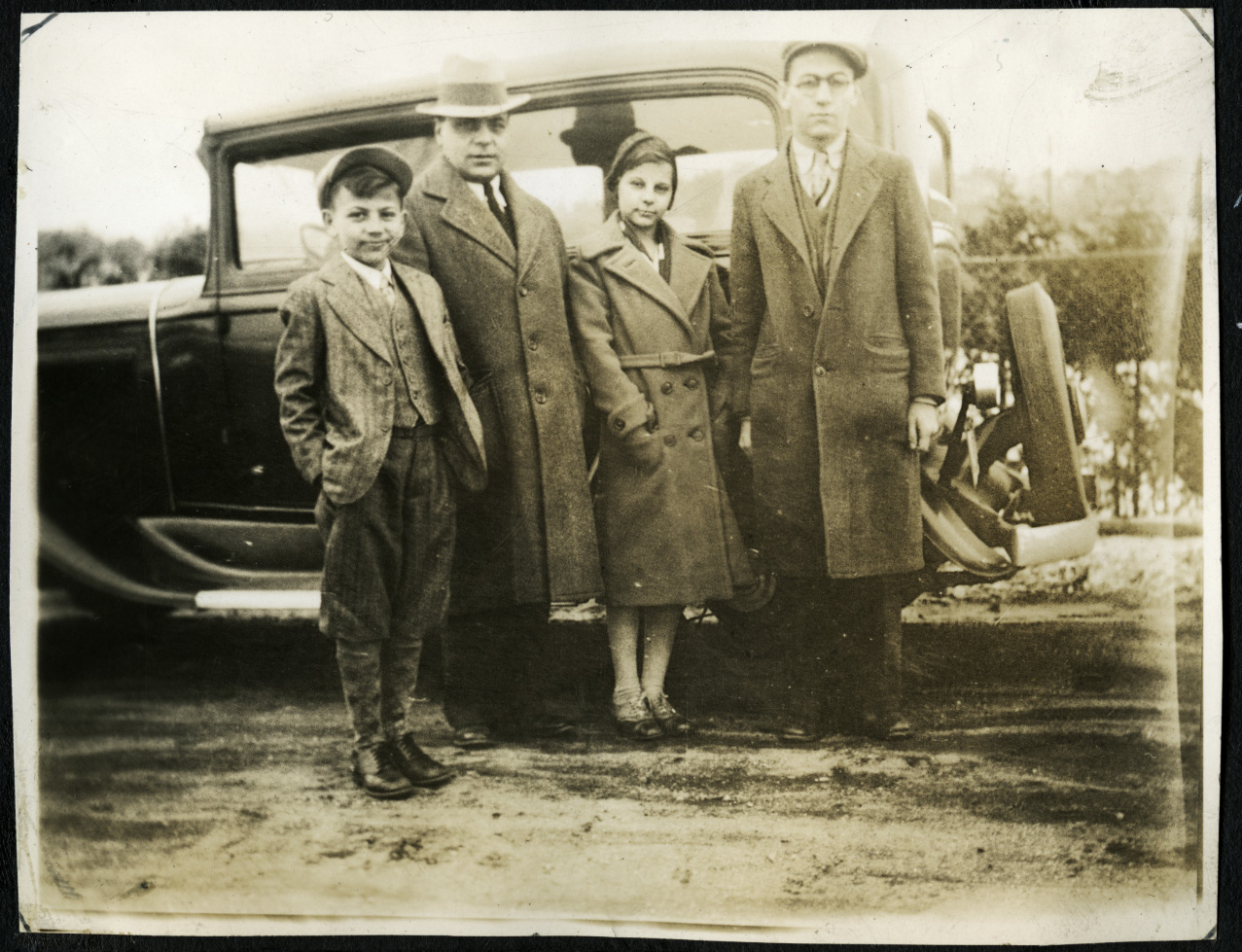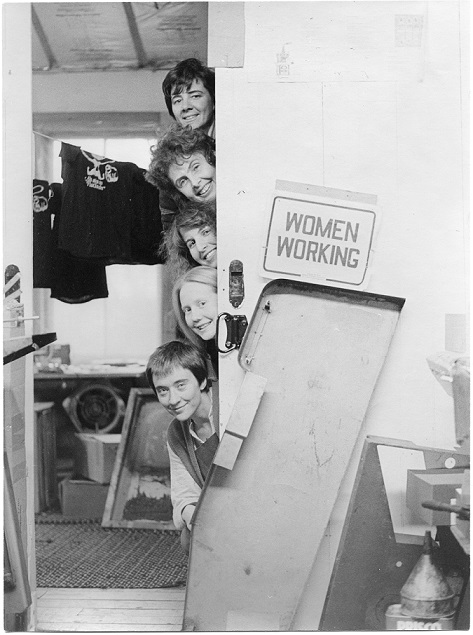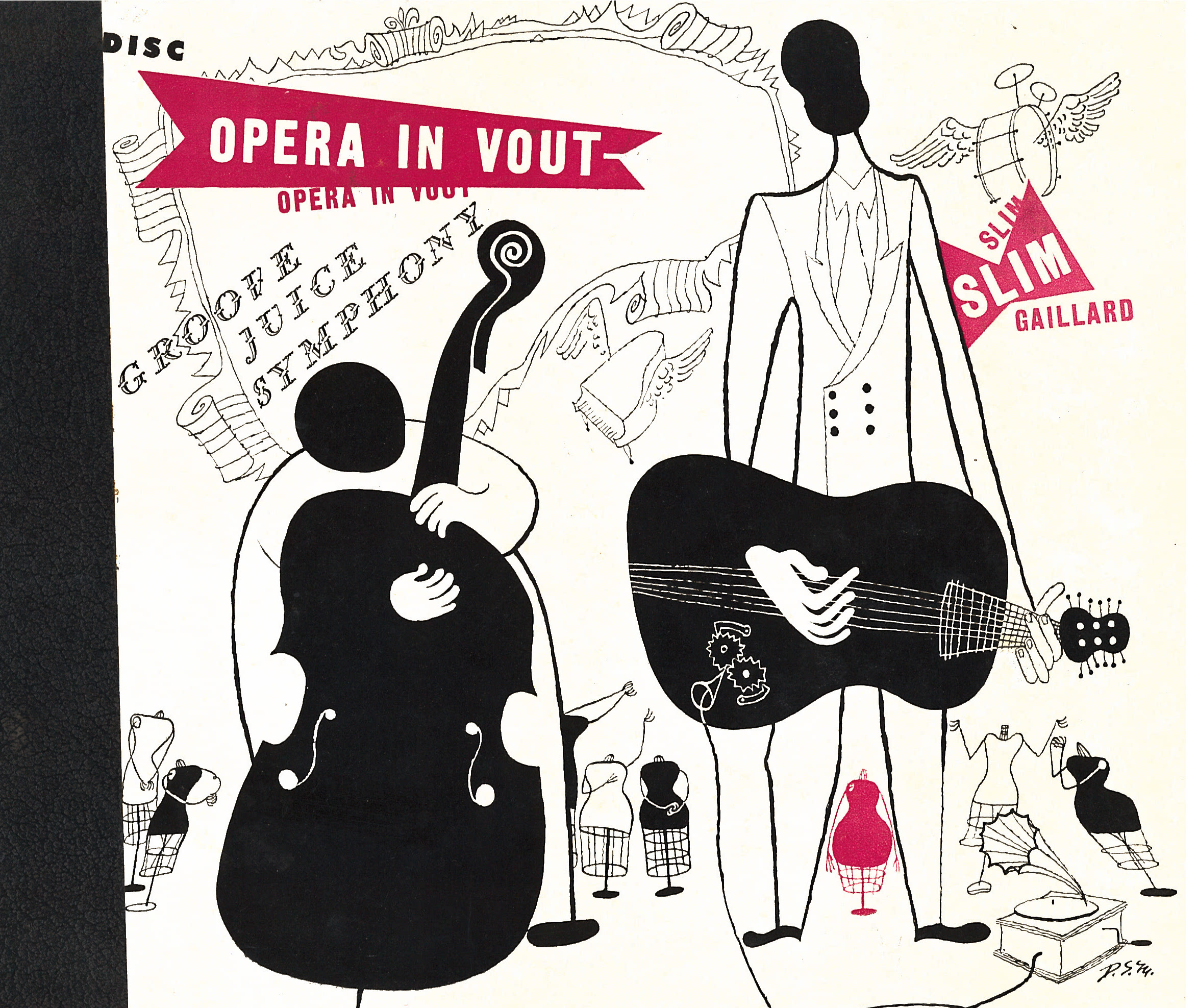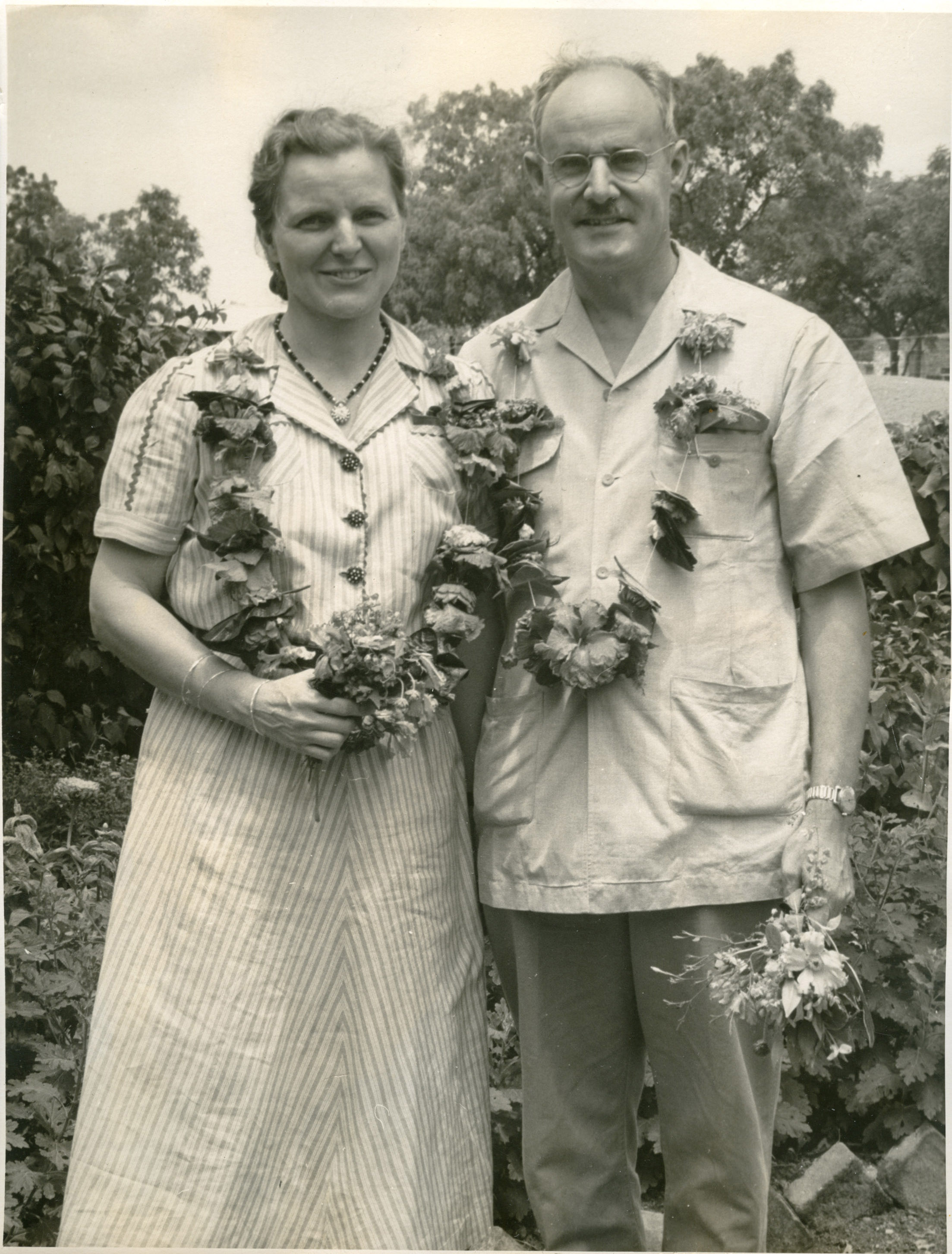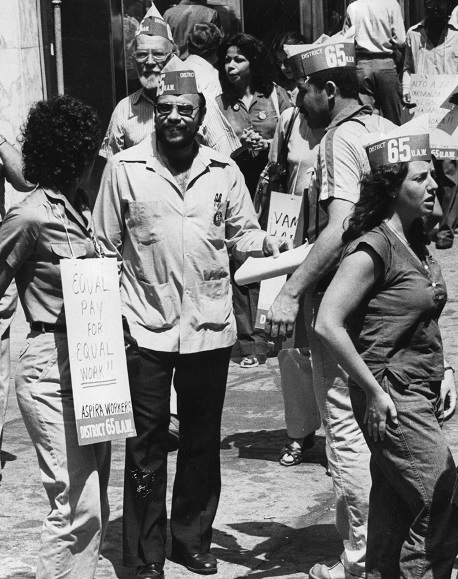Cummington School of the Arts Records
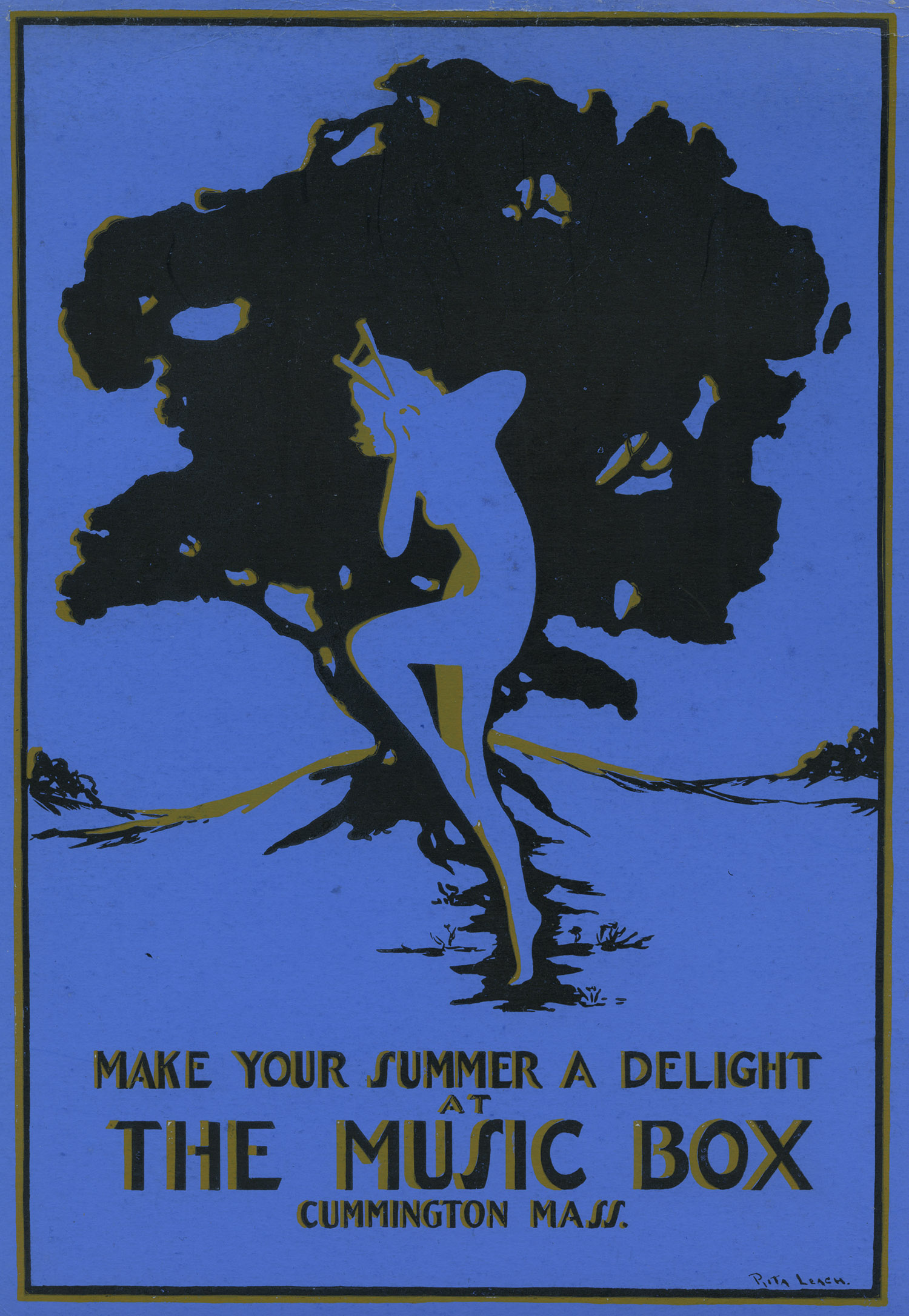
In 1923, Katherine Frazier established the Playhouse-in-the-Hills as a venue for theatrical performances in the small Berkshire County town of Cummington, Mass. Frazier’s vision, however, soon led her to expand the project into the Cummington School of the Arts (later the Cummington Community of the Arts), which she envisioned as “an environment congenial to creative activity.” Over its seventy years of operation, the School emphasized creative collaboration across the fine arts, offering not only performances, but summer residencies and six-week courses where writers, artists, performers, and musicians could study and practice under the guidance of visiting artists. Among its noted alumni were luminaries such as Helen Frankenthaler, Willem de Kooning, Diane Arbus, Marianne Moore, and Archibald Macleish, and the school was a starting point for Harry Duncan’s renowned Cummington Press. The increasing financial challenges facing not-for-profit organizations led a cessation of operations in about 1993.
The records of the Cummington School of the Arts offer a cross-sectional view of the School across its years of operation. In addition to a very small selection of personal material from Katherine Frazier, the collection includes valuable correspondence and ephemera relating to the school’s philosophy and founding, and nearly a third of the collection consists of records of students, often including their applications, comments on the work accomplished in Cummington, and occasionally, copies of work produced. The balance of the collection consists of many of the school’s publications, administrative materials (including curricula and planning documents), and financial and fundraising materials.

